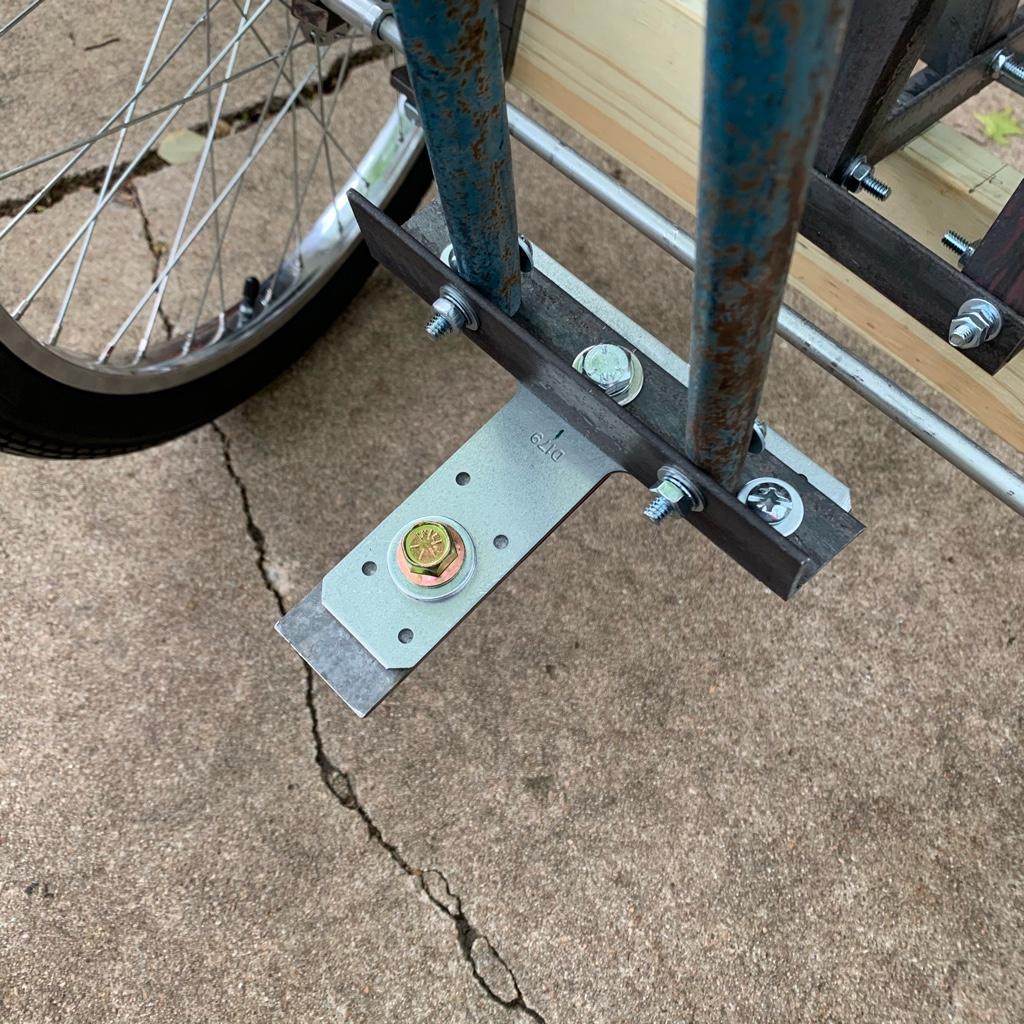MazdaFlyer
Like “RadioFlyer”
Yah a motor would be good but pricey, gearing is cheaper. Tractor vehicles aren’t meant for speed.With all of the bracing along with the 'tractor body' it is beginning to look quite heavy.
You might need to start thinking about an electric rear hub motor! You would have plenty of space to hide batteries and electronics.
Thanks, starting rethink jumping into this trial and error contraption.I’m rooting for this build!
Glad you think so, thanks! Getting tricky to balance parts available, some are too heavy duty some are too delicate. Hopefully getting closer. Raining today so driveway shop is closed.You're doing great with figuring out the steering/suspension on this thing!
OK, I tried the multi quote reply process with the forum software on an iPad. Seems to work, but a little more cumbersome. Liking my app method better.
Last edited:
























































